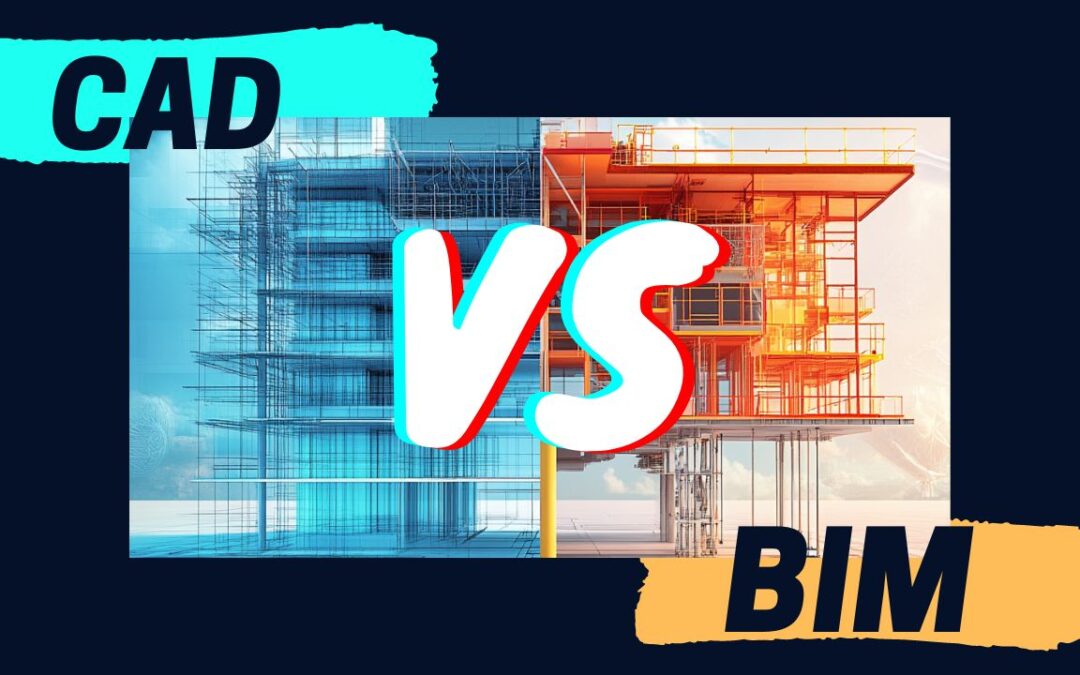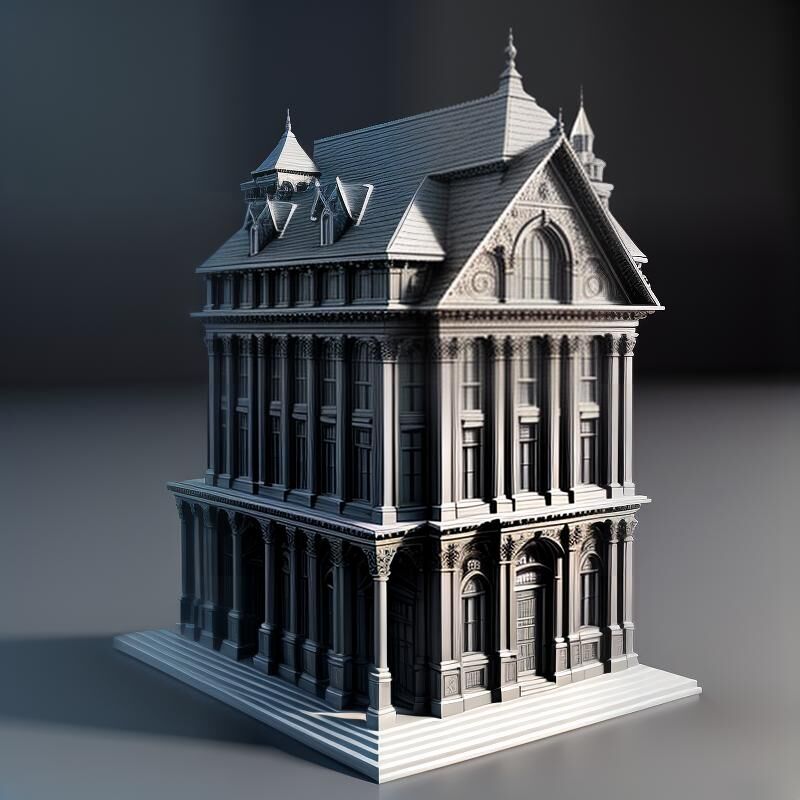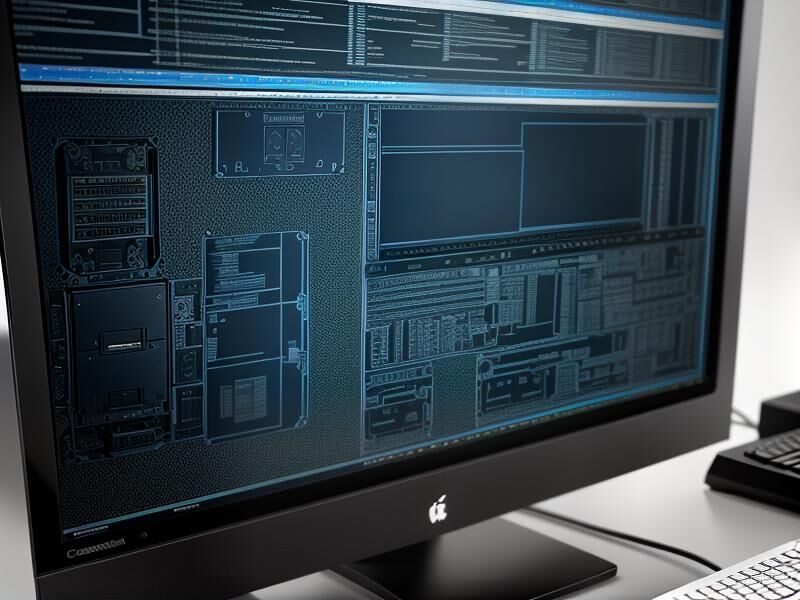Mastering Digital Design: CAD and BIM Explained
Unlock the potential of your projects with cutting-edge CAD and BIM solutions. Discover how these tools can revolutionize your design and construction processes.
Understanding CAD and BIM
Applications of CAD
Explore CAD Tools
2D Architectural Floor Plans
Design detailed layouts and blueprints for residential and commercial spaces using CAD software.
Electrical and Mechanical Schematics
Create precise diagrams for electrical systems and mechanical components, ensuring seamless integration.
Product Design Engineering
Utilize CAD for intricate product designs, from concept to prototype, enhancing engineering precision.
Site Planning and Analysis
Plan and evaluate site layouts with CAD tools, optimizing land use and project feasibility.
Explore BIM Applications
Revit: The Industry Leader
Revit stands out as the premier tool for creating comprehensive digital models, offering unparalleled data integration and collaboration features.
ArchiCAD: Versatile and User-Friendly
ArchiCAD provides a robust platform for architects, enabling seamless design and documentation with intuitive 3D modeling capabilities.
Vectorworks: Integrated Design Solutions
Vectorworks excels in offering a flexible design environment, perfect for integrating BIM workflows with creative design processes.
CAD vs BIM: A Detailed Comparison
Understanding the differences between CAD and BIM is essential for selecting the right tool for your projects. Here’s a breakdown of their key distinctions:
CAD: Traditional Drafting
2D and 3D Drawings
Low Data Intelligence
Manual Collaboration
Moderate Learning Curve
Ideal for Simple Plans
BIM: Advanced Modeling
Data-Rich Models
High Data Intelligence
Real-Time Collaboration
Higher Learning Curve
Perfect for Complex Projects
Enhancing Project Success
The Synergy of CAD and BIM
In the realm of design and construction, CAD and BIM are not just tools but transformative technologies that work hand in hand to elevate project outcomes. While CAD offers precision in drafting and design, BIM introduces a layer of intelligence and collaboration that is unmatched. Together, they streamline workflows, reduce errors, and enhance the overall efficiency of project execution. By integrating CAD’s detailed schematics with BIM’s comprehensive data models, teams can visualize, plan, and execute projects with a level of clarity and foresight that was previously unattainable. This synergy not only optimizes the design process but also ensures that projects are completed on time and within budget, ultimately leading to superior results and client satisfaction.




